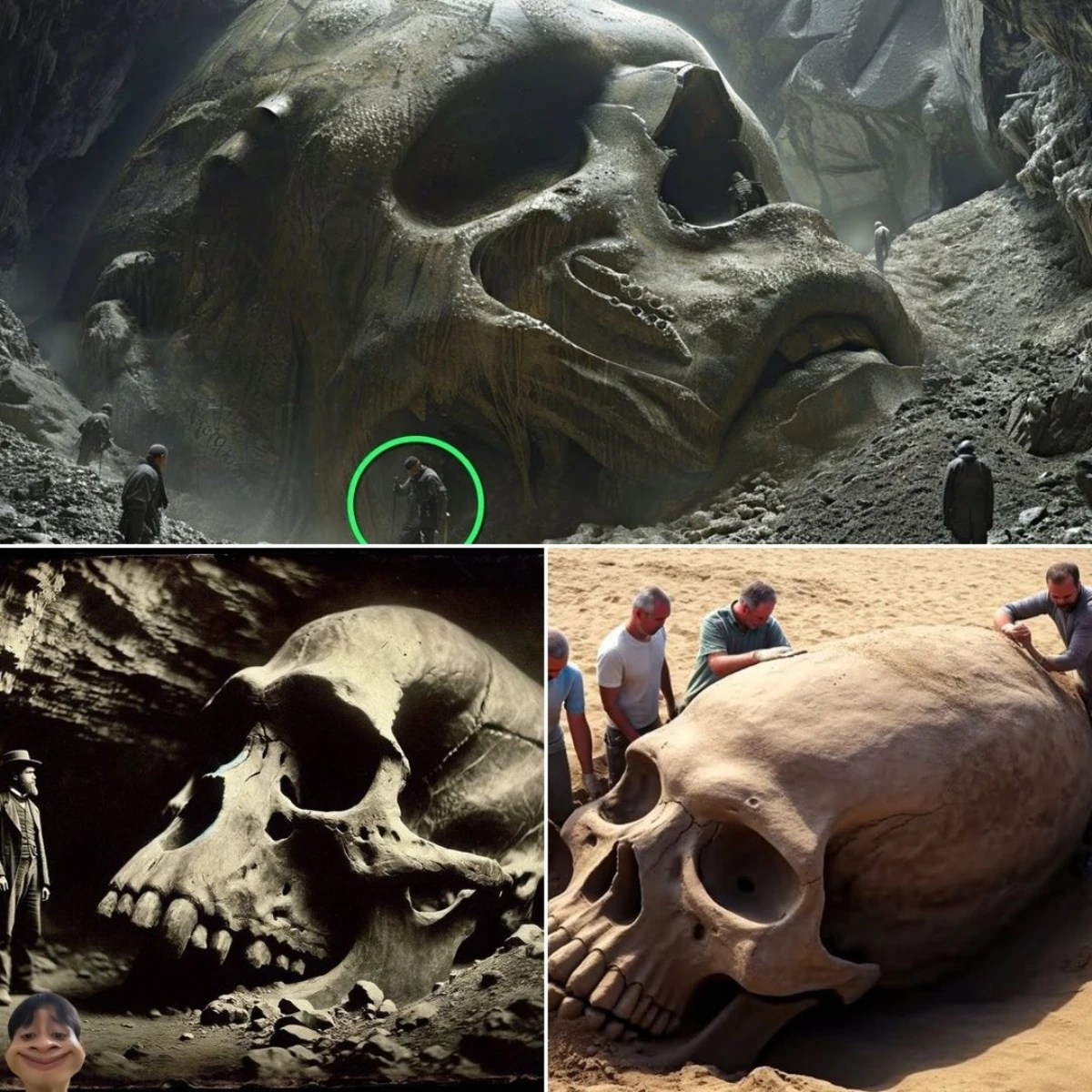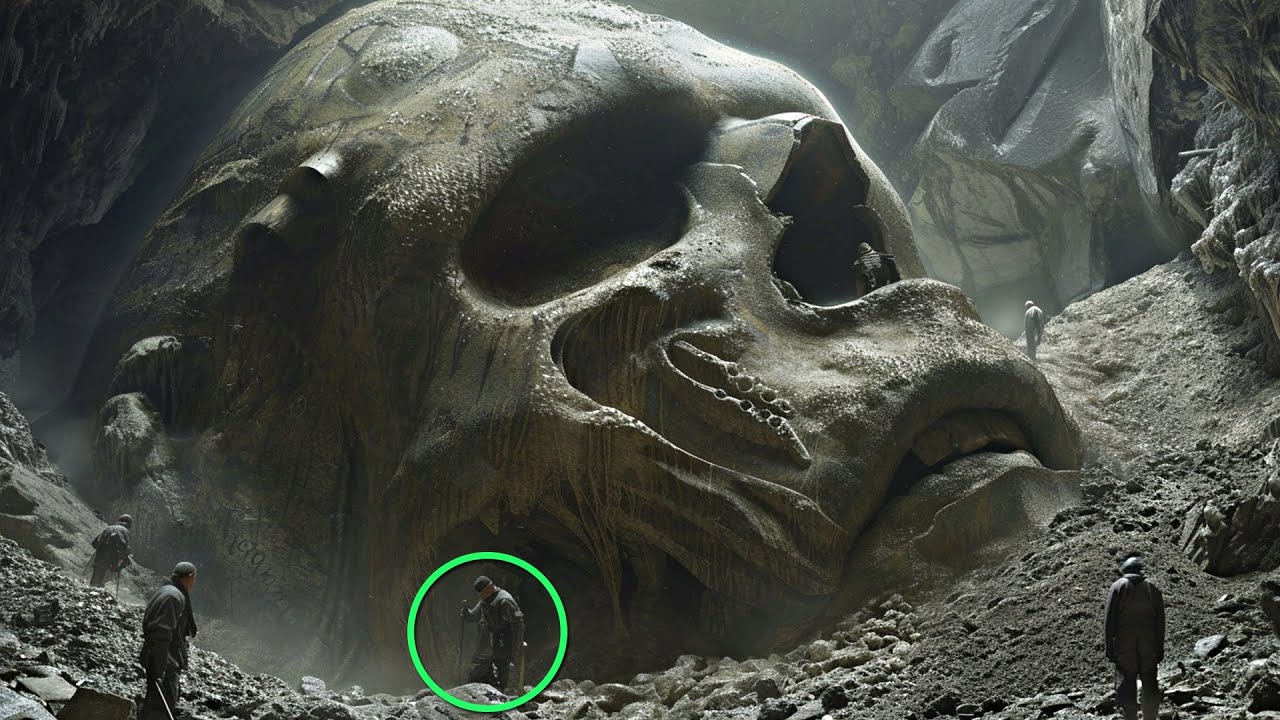The article discusses intriguing elements of American history and folklore
One of the most enduring mysteries in American history is the Lost Colony of Roanoke. In 1587, a group of over 100 English settlers, led by John White, established a colony on Roanoke Island, off the coast of what is now North Carolina. When White returned from a supply trip to England three years later, the entire colony had vanished without a trace. The only clues left behind were the word “CROATOAN” carved into a post and “CRO” on a tree. The fate of the colonists has been the subject of countless theories, ranging from assimilation with local Native American tribes to massacre or a failed attempt to sail back to England.

The legend of Paul Bunyan is a cornerstone of American folklore, particularly in the logging communities of the Midwest. This larger-than-life lumberjack and his giant blue ox, Babe, are credited with creating many of the country’s natural landmarks, from the Great Lakes (said to be his footprints) to the Mississippi River (which he supposedly dug with his axe). The stories of Paul Bunyan are a classic example of a tall tale, reflecting the spirit of hard work, strength, and ingenuity that defined the American frontier and the burgeoning logging industry of the 19th and early 20th centuries.

A more modern and unsettling piece of American folklore is the legend of the Mothman. The story began in Point Pleasant, West Virginia, in 1966, when residents reported sightings of a large, winged, man-like creature with glowing red eyes. The sightings were followed by a series of strange events and a catastrophic tragedy: the collapse of the Silver Bridge on December 15, 1967, which killed 46 people. The Mothman has since become a symbol of impending doom and a subject of countless books and films, representing a blend of local legend and a collective fear of the unknown.
